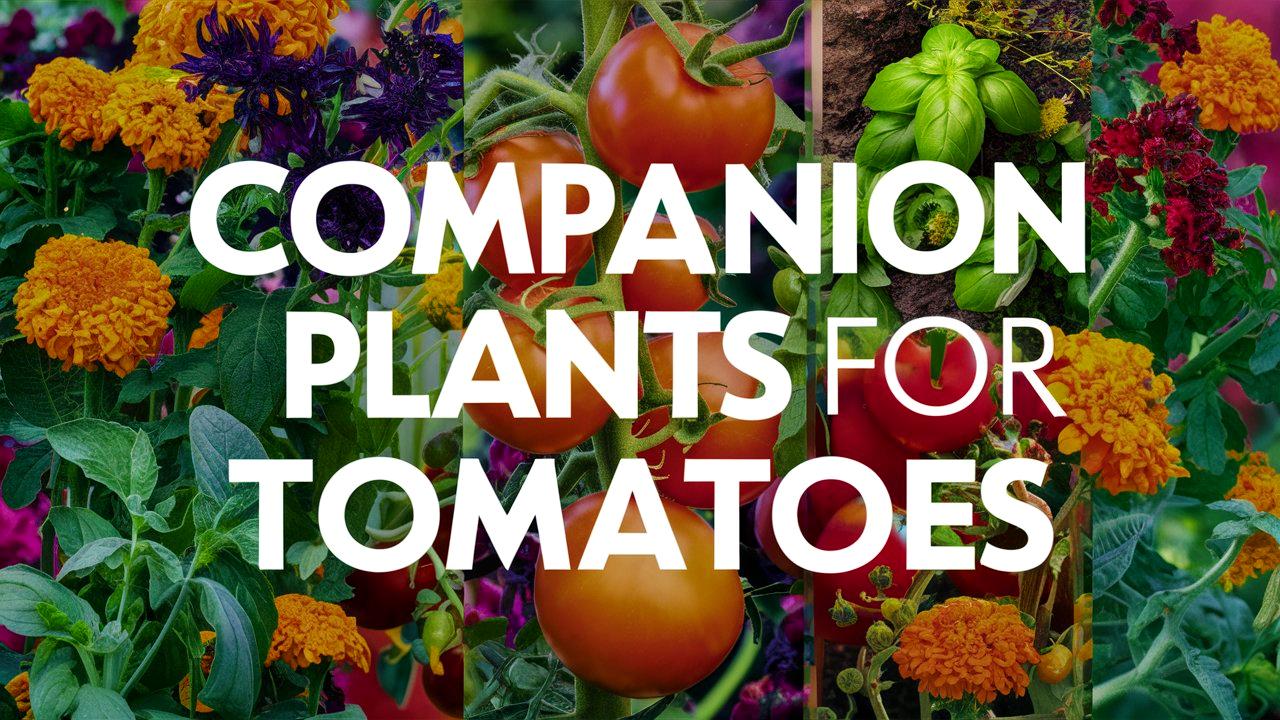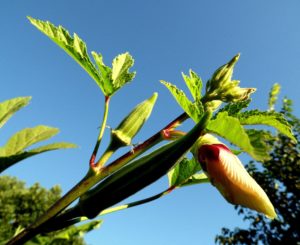One effective horticultural strategy that can significantly improve tomato growth and yield is companion planting. This technique involves growing certain plants alongside tomatoes to enhance their health, deter pests, attract beneficial insects, and even facilitate pollination.
In this guide, we’ll dig into the best companion plants for tomatoes, highlighting their specific benefits and impacts on tomato health.
Best Tomato Companion Plants to Improve Tomato Health
Companion plants can play a crucial role in creating an optimal growing environment for tomatoes. Here are some of the top plants that support tomato health directly.
Asparagus
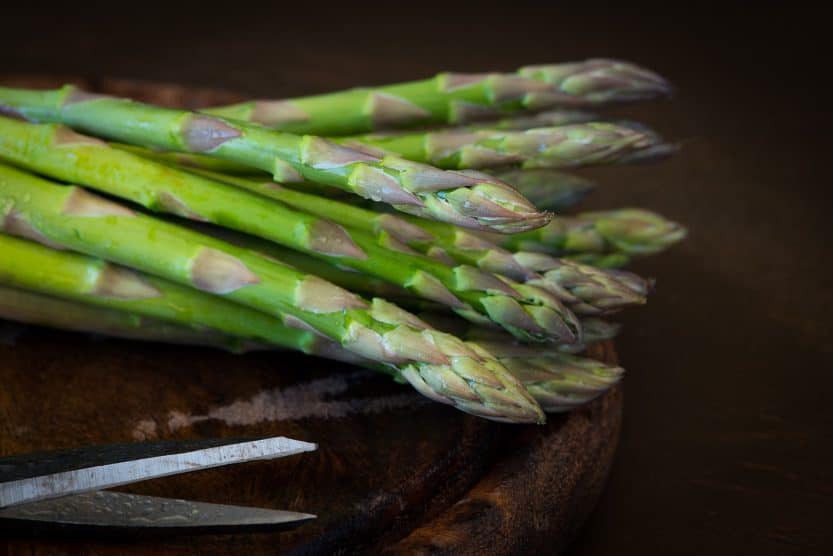
Asparagus is not just a delicious vegetable; it also makes an excellent companion plant for tomatoes. When grown together, asparagus helps tomatoes thrive by repelling certain pests thanks to its natural compounds. Even better, the asparagus plants can enrich the soil when they’re established, helping to ensure that the tomatoes receive the nutrients they need. However, since asparagus takes several years to establish, planning this companion planting strategy early in your garden setup is essential.
Basil
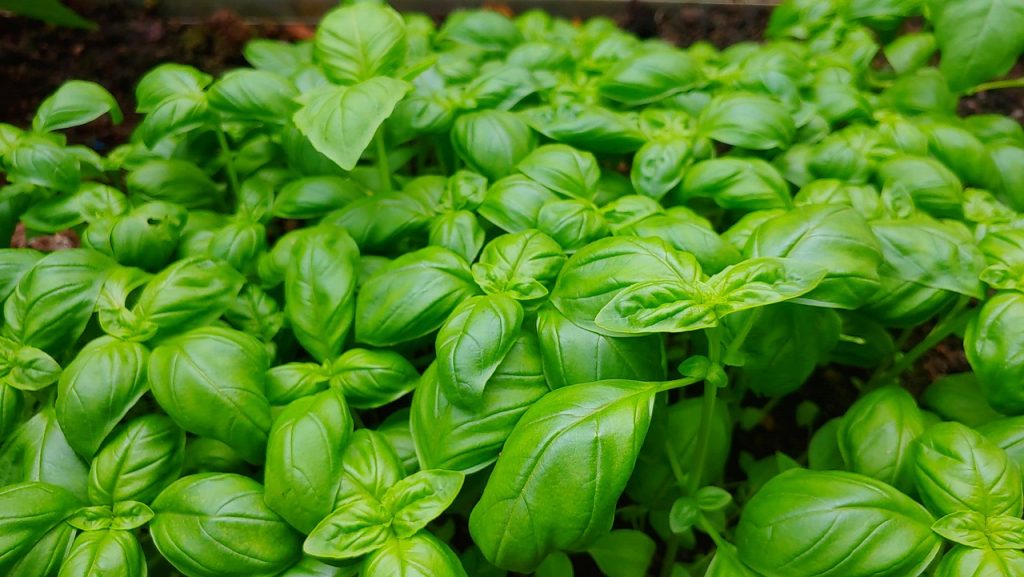
Basil is perhaps the most famous of tomato companions. The strong aroma of basil is known to repel flies, mosquitoes, and even hornworms, which can wreak havoc on tomato plants. Moreover, studies have indicated that basil may enhance the flavor of tomatoes when grown in close proximity, possibly due to their symbiotic relationship. Basil also flourishes under similar growing conditions as tomatoes, making the two an ideal match for both container gardens and traditional vegetable plots.
Borage
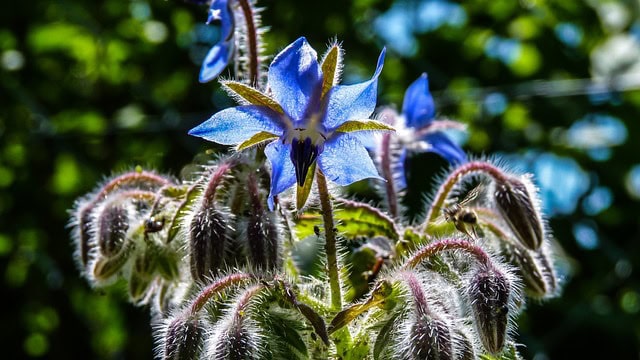
Borage is a dynamic plant that performs multiple roles in the garden. Known for its vibrant blue flowers, borage attracts pollinators and beneficial insects such as bees that aid in the fertilization of tomato plants. Additionally, borage is believed to improve the health and disease resistance of tomatoes when planted nearby, providing essential trace minerals through its deep root system. As a bonus, the leaves of borage can be used as a mulch to retain soil moisture and suppress weeds.
Garlic
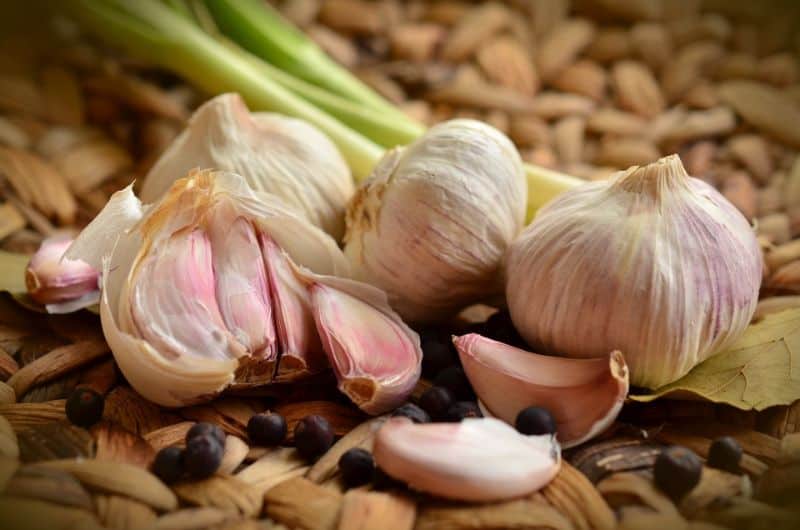
Garlic is another beneficial companion for tomatoes, offering both flavor and protection. Its strong odor can deter pests such as aphids, spider mites, and whiteflies, making it an excellent natural pesticide. Furthermore, garlic is known to have antifungal properties that can help combat blight and other tomato diseases. Interplanting garlic with tomatoes not only helps to protect them but also enhances the culinary potential of the garden.
Best Tomato Companion Plants to Repel Harmful Insects
While some companion plants are beneficial for nurturing the health of tomatoes, others serve as powerful repellents against harmful insects. Here are some of the best options to consider.
Calendula

Calendula, or pot marigold, is often recommended as a companion plant for tomatoes due to its ability to deter nematodes and other common garden pests. The blossoms of calendula attract beneficial insects like ladybugs and hoverflies, which help control harmful insect populations. Calendula’s vibrant flowers not only beautify the garden but also contribute to the overall ecological balance, promoting a healthy environment for tomato plants.
Chives
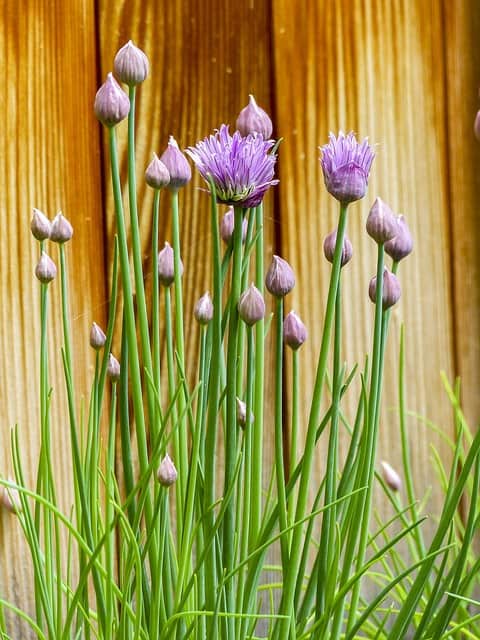
Chives are a perennial herb that can be a great addition to your tomato garden. Their strong smell can act as a deterrent to aphids and other pests. Chives are also known to enhance the growth and flavor of tomatoes, making them a superb companion. Planting chives alongside tomatoes can help create a multi-layered garden ecosystem that discourages pests while enriching the soil.
Black-Eyed Peas

Black-eyed peas are more than just nutritious legumes; they are also effective in repelling pests. Grown next to tomatoes, they can help ward off harmful insects, including aphids and beetles. Additionally, black-eyed peas fix nitrogen in the soil, supporting the nutrient needs of tomatoes. This symbiotic relationship ensures both species thrive together.
Radishes
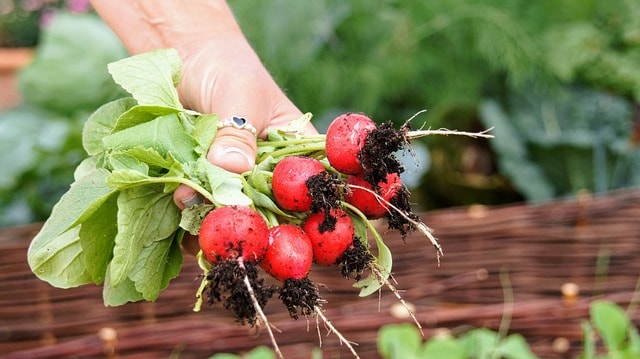
Radishes have a unique ability to act as a trap crop for pests like root maggots and cucumber beetles. By planting radishes near tomatoes, you can lure these pests away from your tomato plants, thus protecting them from damage. Furthermore, as radishes grow quickly, they can be harvested early, providing more space for tomato plants to flourish as they mature.
Sage
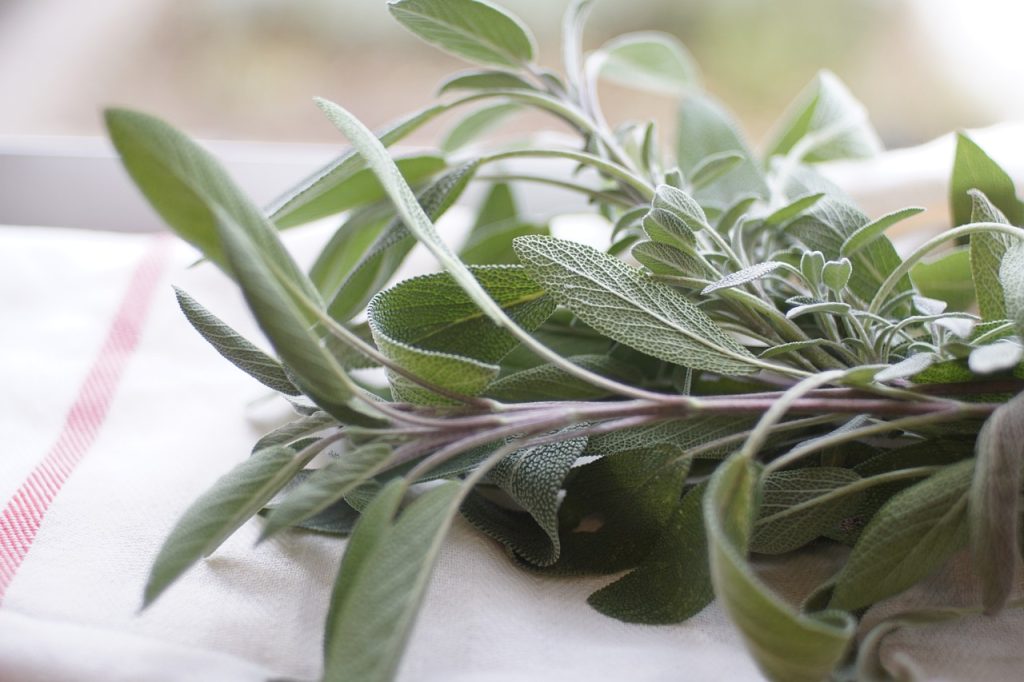
Sage is another aromatic herb that can greatly benefit tomato plants. Its scent is known to deter pests such as whiteflies and cabbage moths. Additionally, sage can suppress certain fungal diseases that commonly affect tomatoes, such as powdery mildew. A simple row of sage near your tomato plot could provide a tactical advantage against these pesky garden challenges.
French Marigolds
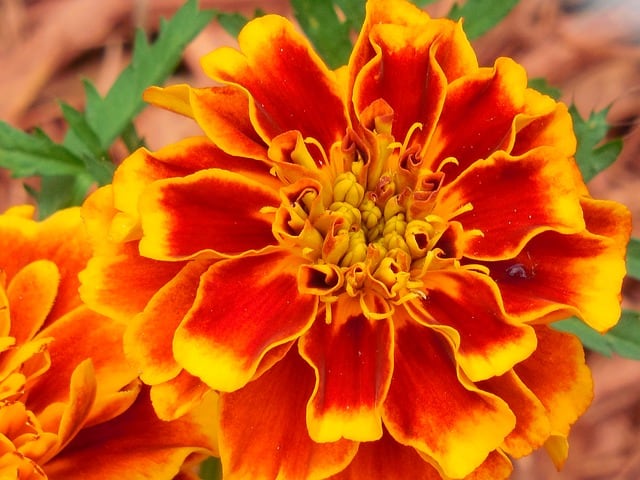
French marigolds are perhaps the most popular ornamental flowers grown alongside vegetables, including tomatoes. Beyond their aesthetic appeal, these flowers release compounds into the soil that can deter nematodes, insects, and even rabbits. The presence of marigolds can create a protective barrier for tomato plants, ensuring a healthier and more productive growing season.
Nasturtiums
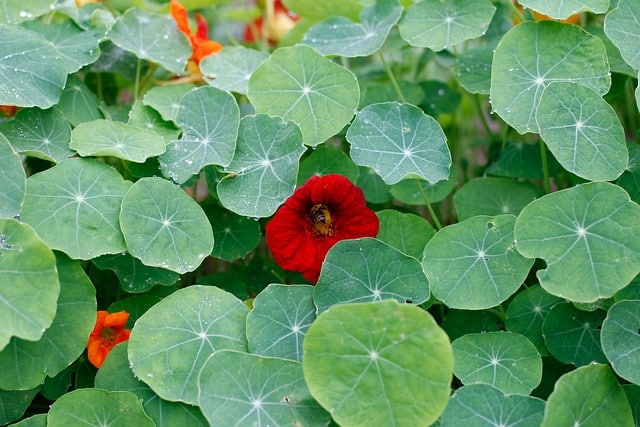
Nasturtiums serve as a form of trap crop, attracting aphids away from tomato plants. This allows your tomatoes to flourish without the interference of these pests. Additionally, nasturtiums are edible, offering vibrant flowers and leaves that can enhance salads. Their sprawling habit can also act as a living mulch, helping to suppress weeds and retain soil moisture.
Best Tomato Companion Plants to Attract Beneficial Insects
Attracting beneficial insects is an excellent way to create a thriving ecosystem in your garden. These insects can help with pollination and pest control, ultimately enhancing the health of your tomato plants.
Cilantro

Cilantro is a quick-growing herb that can attract beneficial insects like ladybugs and lacewings, known for their appetite for aphids and other garden pests. Planting cilantro near tomatoes not only enhances the biodiversity of your garden but also improves the yield by encouraging a healthy pollination environment. Moreover, both tomatoes and cilantro can thrive in similar conditions, making them easy to combine in the garden.
Oregano

Oregano is another herb that offers excellent companionship for tomatoes. Its aromatic nature is a deterrent for certain pests, while its flowers attract pollinators such as bees and butterflies. By promoting a diverse ecosystem in your garden, oregano helps create a hospitable environment for other beneficial insects that contribute to the overall health of tomato plants.
Parsley
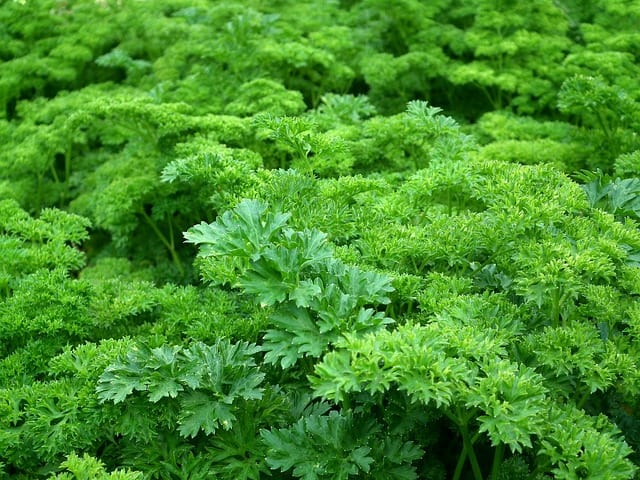
Planting parsley near tomatoes can benefit the overall garden health by attracting beneficial insects such as hoverflies and ladybugs. These insects will munch on pests that are harmful to tomatoes, helping to keep populations in check. Parsley also serves as an excellent culinary herb, allowing for delightful garden harvests that can contribute to your cooking.
Best Tomato Companion Plants for Weed Control
Weed control is an important aspect of successful gardening, and certain companion plants can help manage unwanted vegetation.
Crimson Clover
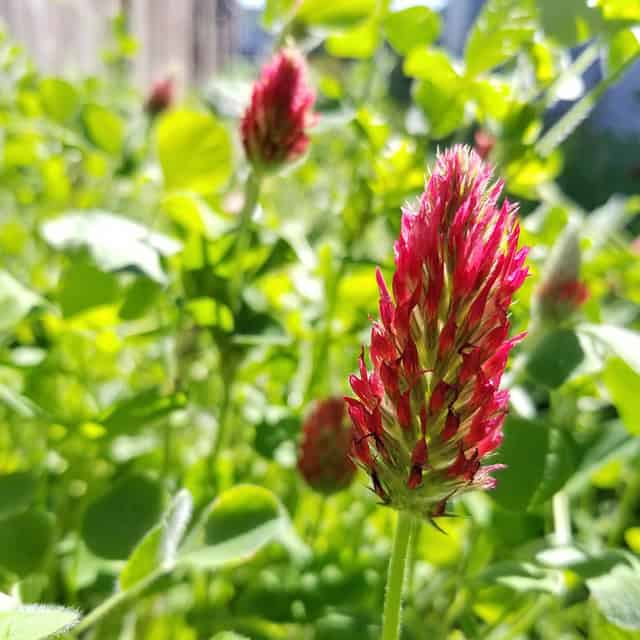
Crimson clover is a fantastic cover crop that not only improves soil fertility through nitrogen fixation but also suppresses weeds. When grown between tomato plants, crimson clover creates a green mulch that can significantly reduce weed competition. Additionally, it provides ground coverage that helps retain moisture in the soil, creating an ideal environment for tomatoes to thrive. After the tomatoes are harvested, crimson clover can be tilled back into the soil to further enrich it for future planting.
Best Tomato Companion Plants to Increase Pollination
Pollination is a critical factor in the development of fruit-bearing plants like tomatoes. Some companion plants can help increase pollination rates, ensuring a bountiful harvest.
Lavender
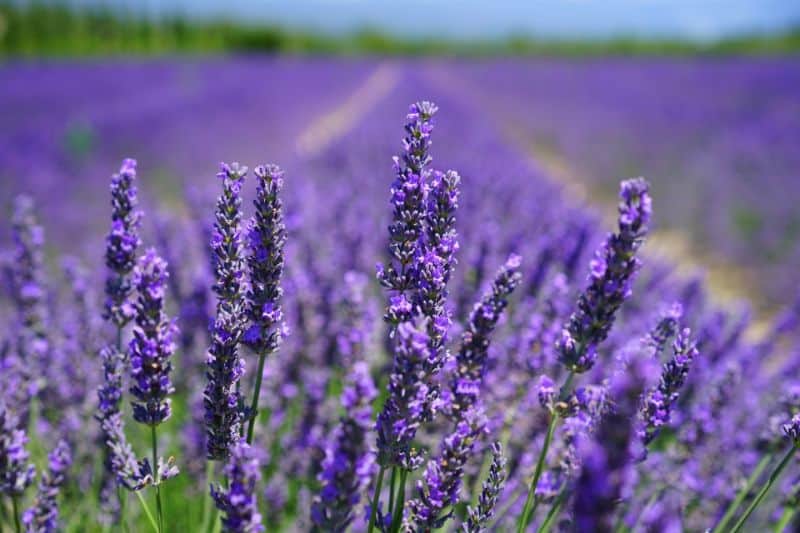
Lavender is not only a beautiful and fragrant addition to any garden but also a magnet for pollinators. Its vibrant purple flowers attract bees and other beneficial insects that contribute to the pollination of tomatoes. Additionally, lavender can help deter harmful pests like aphids, creating a protective barrier for tomato plants. Essentially, lavender serves multiple purposes, enhancing both aesthetics and productivity in the vegetable garden.
Sunflowers

Sunflowers stand tall and proud, offering more than just their sunny disposition. They attract a variety of pollinators, particularly bees, which are crucial for the pollination of tomatoes. Moreover, sunflowers can provide a natural trellis for climbing plants and, when planted strategically, can offer shade to tomatoes during the hottest parts of the day. As such, they can contribute significantly towards creating a diverse and productive growing environment.
Zinnias
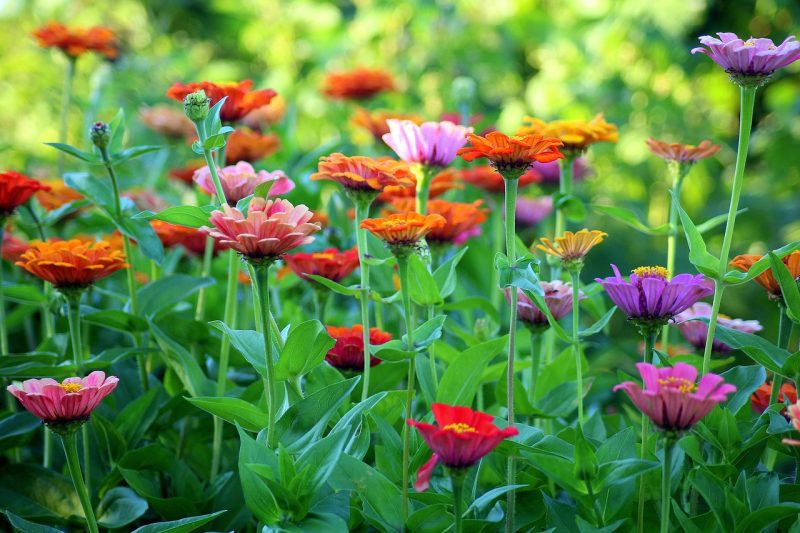
Zinnias are not just bright and cheerful flowers; they also attract numerous pollinators such as bees and butterflies. Planting zinnias alongside tomatoes can enhance pollination activity, leading to better fruit set and overall yield. Their hardy nature allows them to flourish even in less-than-ideal conditions, making them an accessible addition to any garden setting.
Best Plants to Grow in Containers with Tomatoes
Container gardening has gained popularity due to its versatility and space-efficient nature. When growing tomatoes in containers, certain companion plants can enhance both aesthetic appeal and utility.
Sweet Alysum
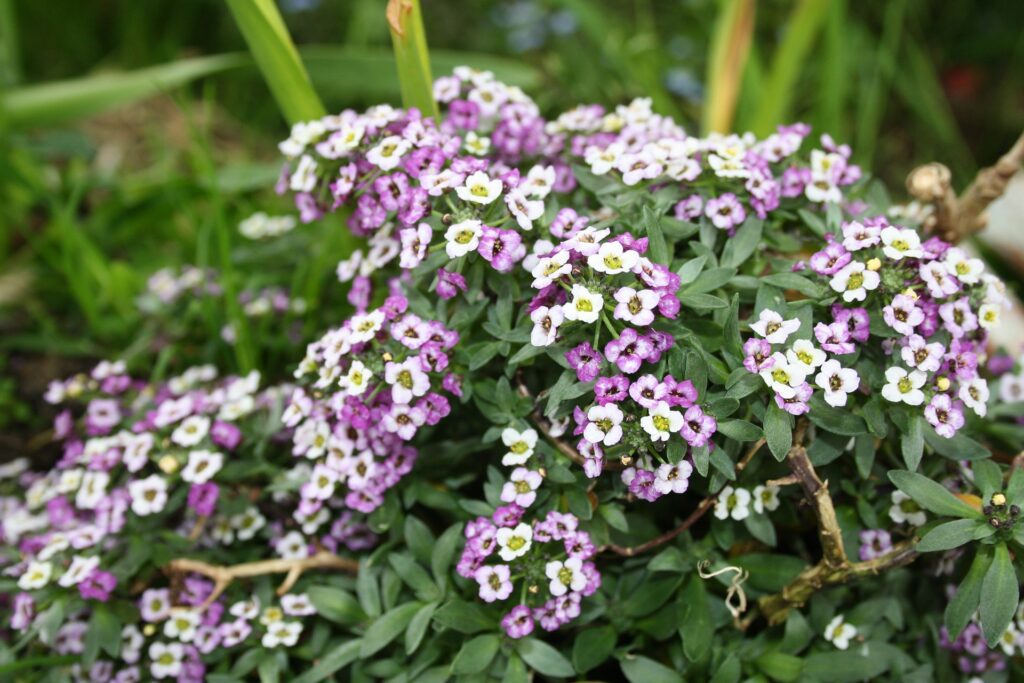 Sweet alysum is an excellent companion plant for tomatoes in containers. Its sprawling growth habit and fragrant white flowers attract beneficial insects that help with pollination and pest control. Additionally, the presence of sweet alysum can offer ground cover that keeps the soil moist and helps prevent weeds, making it an ideal partner for container-grown tomatoes. Its relatively low height ensures that it won’t overshadow the tomato plants while still providing essential benefits.
Sweet alysum is an excellent companion plant for tomatoes in containers. Its sprawling growth habit and fragrant white flowers attract beneficial insects that help with pollination and pest control. Additionally, the presence of sweet alysum can offer ground cover that keeps the soil moist and helps prevent weeds, making it an ideal partner for container-grown tomatoes. Its relatively low height ensures that it won’t overshadow the tomato plants while still providing essential benefits.
Thyme

Thyme is a hardy herb that thrives alongside tomatoes. Its creeping nature makes it a perfect ground cover in container gardens, suppressing weeds and maintaining soil moisture. Thyme attracts beneficial insects while providing culinary uses for the home cook. Planting thyme in the same container as tomatoes can maximize space and create a fragrant, productive garden.
Worst Tomato Companion Plants
While many plants can benefit tomato growth, several should be avoided due to their detrimental effects on tomato plants. Understanding which plants to steer clear of is crucial for a successful garden.
Cucumbers
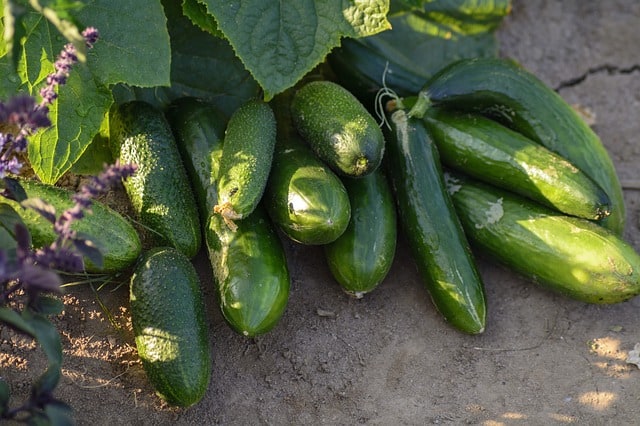
Cucumbers can cause problems for tomatoes, primarily due to the cucumber mosaic virus, which can spread to nearby plants. This virus can stunt the growth of tomato plants, leading to poor yields. Therefore, it is best to separate cucumbers from your tomato garden to ensure the health of both crops.
Cole Crop Brassicas
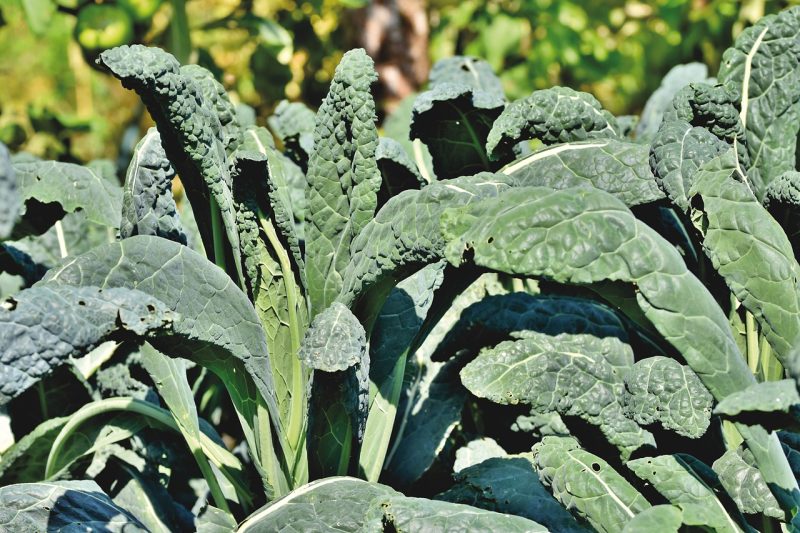
Plants such as cabbage, broccoli, and kale belong to the Brassica family, which can compete for resources with tomatoes. They might stunt their growth and share pests like aphids, which can wreak havoc on tomatoes. Keeping these crops apart from tomatoes is wise to avoid these challenges.
Fennel
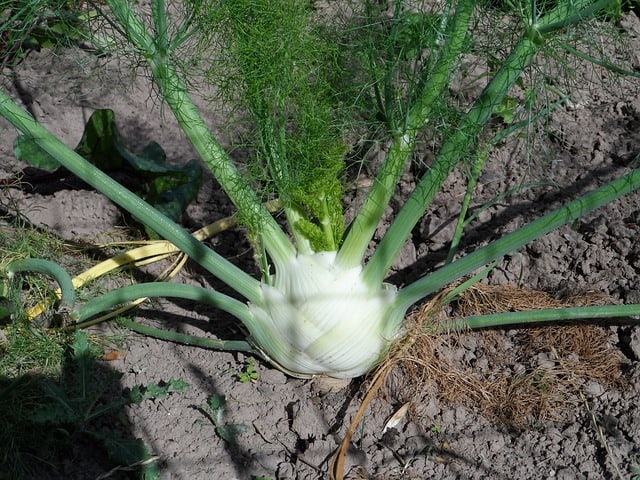
Fennel may inhibit the growth of nearby tomato plants. It secretes compounds through its roots that can interfere with the growth of tomatoes and other plants. If you want to grow fennel, consider keeping it at a distance from your tomato garden.
Dill
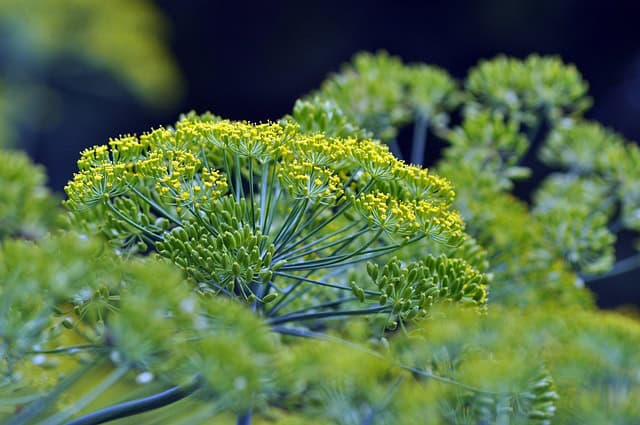
Dill poses a similar threat as fennel, as its roots can damage the roots of tomato plants when grown too close. While it attracts beneficial insects, the negative impacts on tomato plants outweigh the advantages. Therefore, it’s advisable to plant dill some distance from tomatoes.
Nightshades
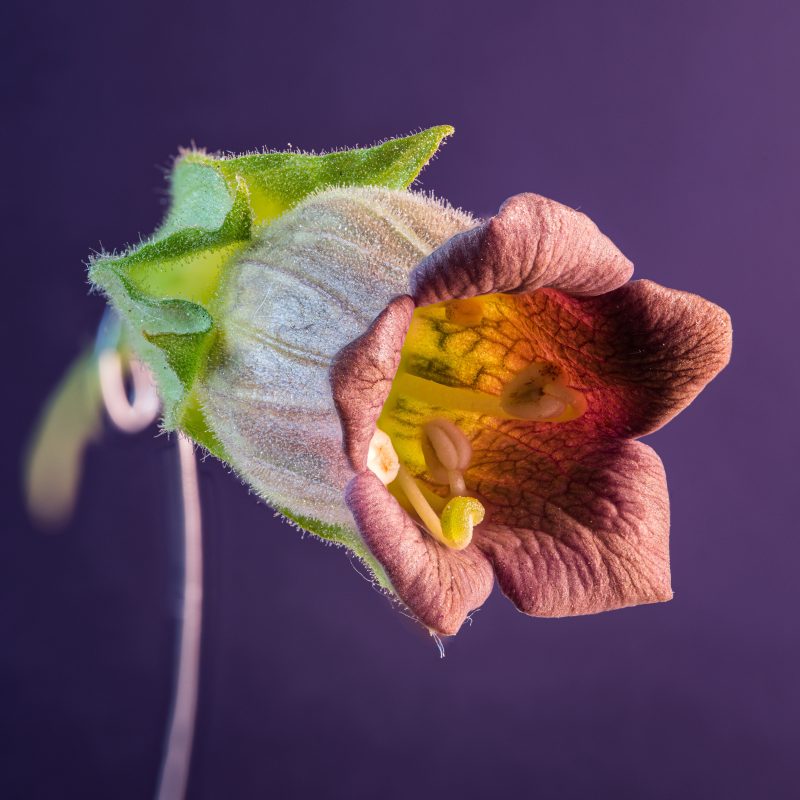
While tomatoes are nightshades themselves, growing them alongside other nightshade family members (like potatoes, peppers, or eggplants) can lead to increased susceptibility to diseases like blight. This can attract pests such as hornworms, which target nightshades specifically. To prevent disease and pest proliferation, it’s best to isolate different nightshade species from each other.
Sweet Corn
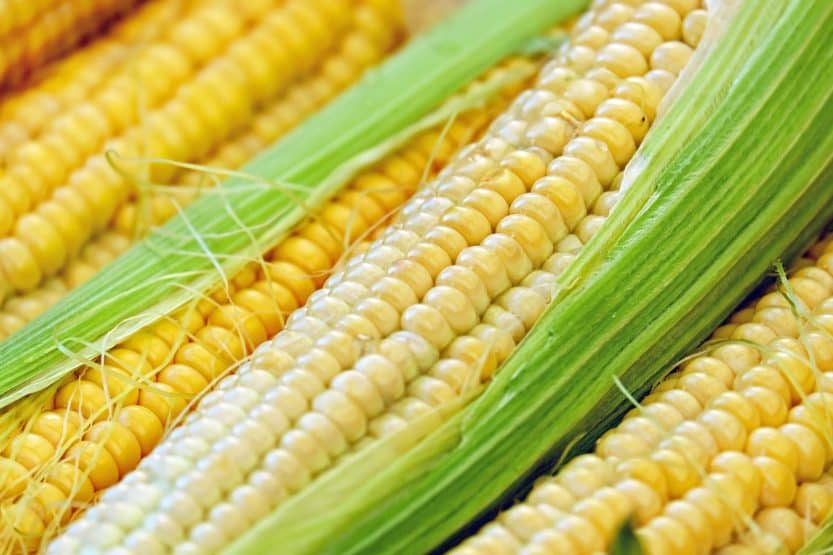
Sweet corn can lure corn earworms that are known to attack tomatoes. The pests can easily transition from corn to tomatoes, bringing destruction with them. Therefore, when planning your garden, think strategically about where you place sweet corn in relation to tomatoes.
Rosemary

While rosemary is a beloved herb, it can deplete soil nutrients over time. If planted too closely with tomatoes, rosemary can hinder their growth by competing for essential resources. It is preferable to plant them in separate locations to allow each to thrive.


